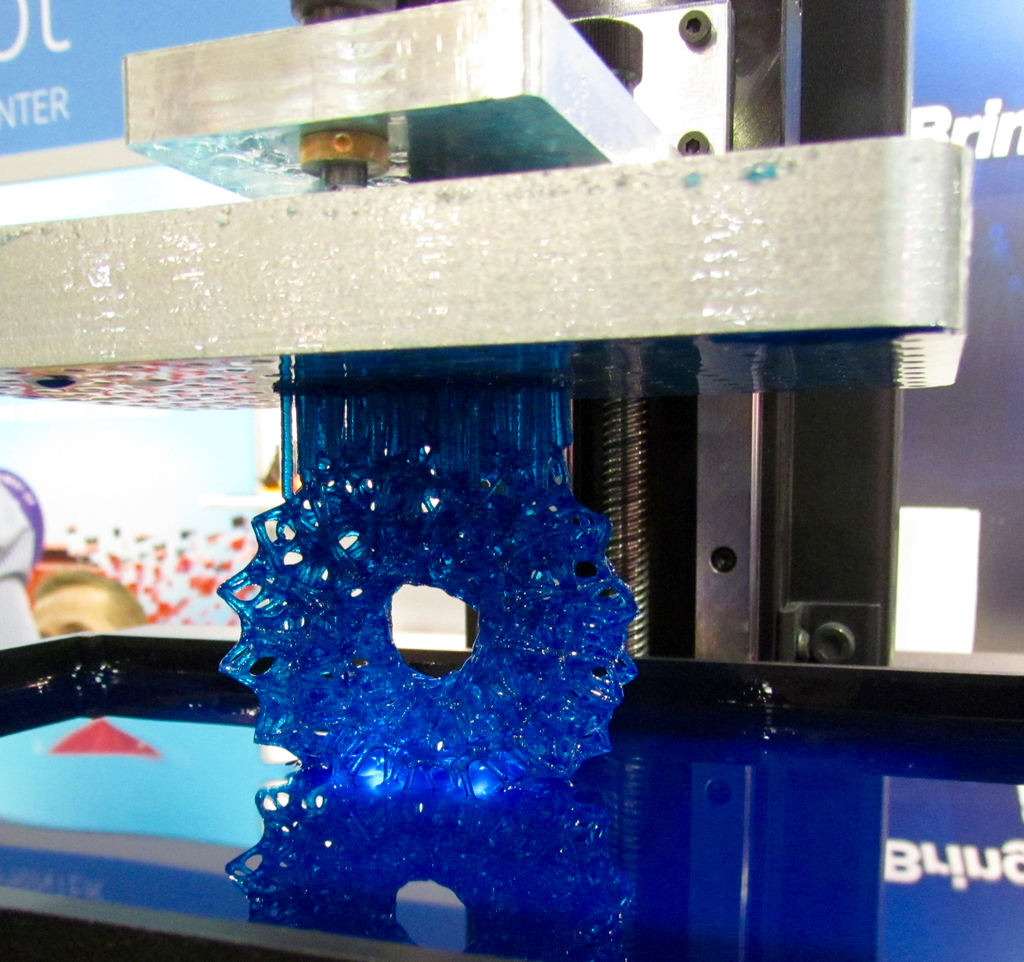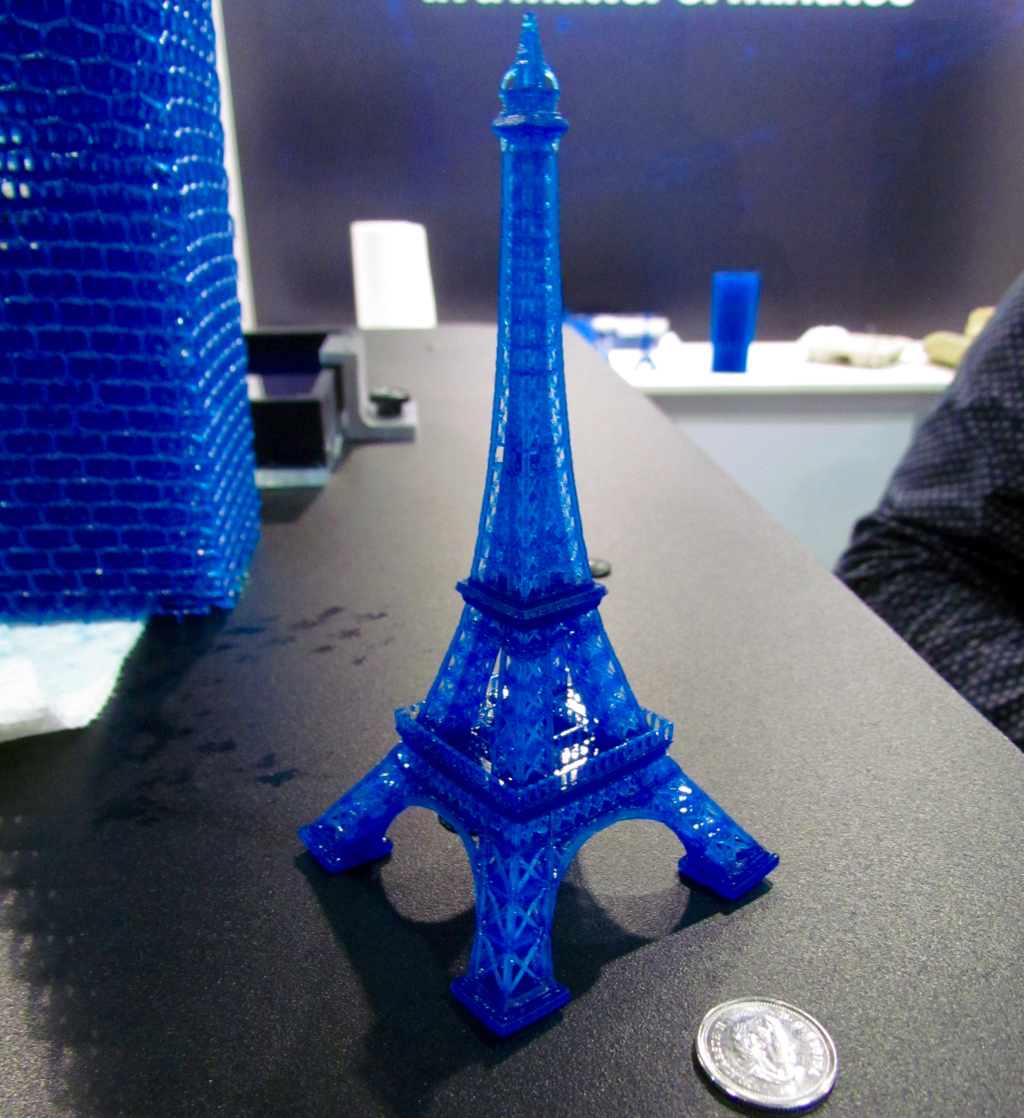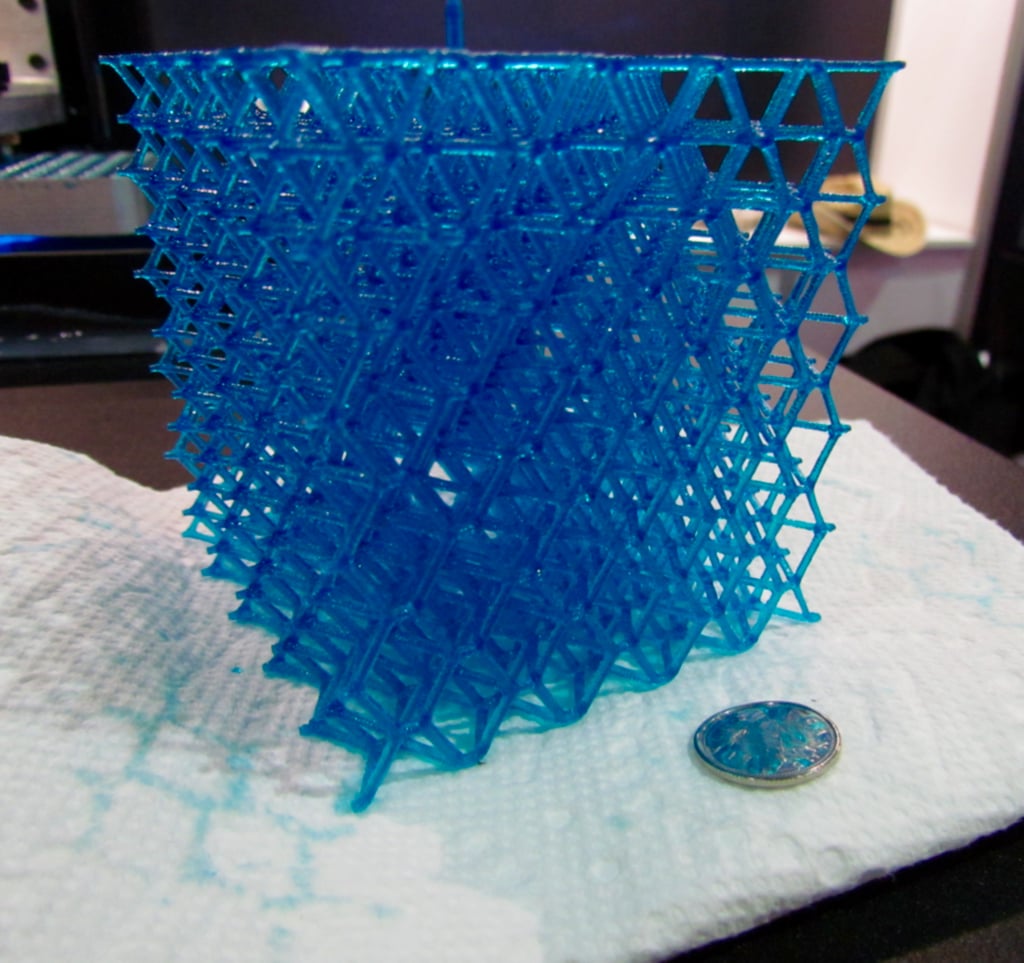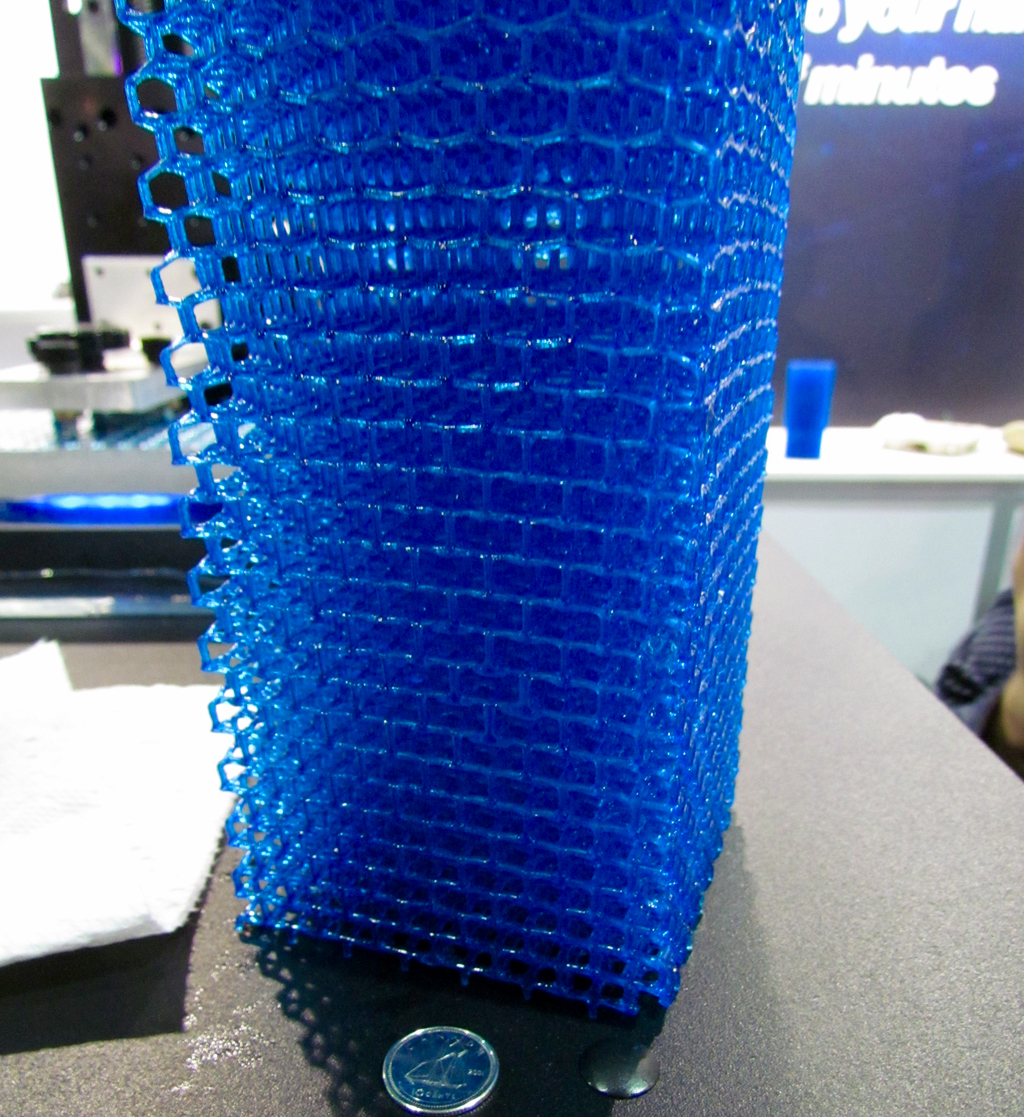
Vancouver-based NewPro3D has developed a new process for resin 3D printing that seems quite fast.
The company has spent three years developing a new process they call “ILI”, or Intelligent Liquid Interface. ILI enables far faster resin printing than most other 3D printing approaches, although we’ve seen a few that are similar.
Like other recently emerged ultra-fast resin printing approaches, NewPro3D focuses on the “sticking problem”. This occurs in most resin 3D printers when the light source focuses through the clear bottom of the resin tank to solidify a layer through photo-curing effects.
In most resin-based 3D printers, the cured resin solidifies and unfortunately sticks to some degree to the bottom of the tank. This requires a slow, mechanical movement to “peel” the stuck layer off the bottom of the tank to set up for the next layer of curing. That drastically slows the printing process.
NewPro3D solved this issue by developing a tank that doesn’t stick. Here’s what they say:
ILI™, Intelligent Liquid Interface, integrates a transparent wettable membrane between the photo-curing resin and the light source. The membrane is chemically designed to create a dead zone and inhibit the polymerization between the membrane and the printed object. This eliminates the mechanical processes used on conventional 3D printing techniques allowing us to grow an object continuously at record breaking speeds.
This approach is similar to Carbon3D’s oxygen-based tank approach, but NewPro3D claims ILI is better, because they say that Carbon3D can only print effectively at the center of the light cone, whereas ILI works across the print surface. We’re interested to see what Carbon3D has to say about that.
The non-stick tank enables NewPro3D to print continuously, more or less. In continuous printing, there are no layers: it’s just a very smooth print. However, like Carbon3D, ILI does suffer from the hydraulic flow problem in which wait time is required to allow new liquid resin to flow into large printed areas. In other words, it works great for spindly objects, but slows when printing solid, boxy objects because the resin has to re-flow over the printed area.
NewPro3D diminishes this effect by “wobbling” when it’s determined there may be insufficient hydraulic flow. In other words, they pick the best speed for the layer’s cross section. This means that the NewPro3D printers will not have a constant print speed, but one that varies depending on how wide the object is.
Nevertheless, the printing is quite speedy. This 120mm Eiffel Tower was printed in only 20 minutes.
This 10cm cube printed in only six minutes!
And this 20cm block took only 17 minutes to complete.
However, note that all these prints are extremely spindly and do are not “solid”, which would inevitably slow printing due to hydraulic effects. But it is still quite fun to be able to watch a printer literally pull a print right out of the resin before your very eyes!
At this time, NewPro3D does not offer a product. In fact, the device shown at top was merely a technology demonstration, not even a product prototype. Their purpose in showing off the technology was to attract investors, partners or other business opportunities. Thus, we may see this technology appear in someone else’s machine, or perhaps they’ll make their own.
Whatever happens, NewPro3D says “something” will happen in 2016.
Via NewPro3D





